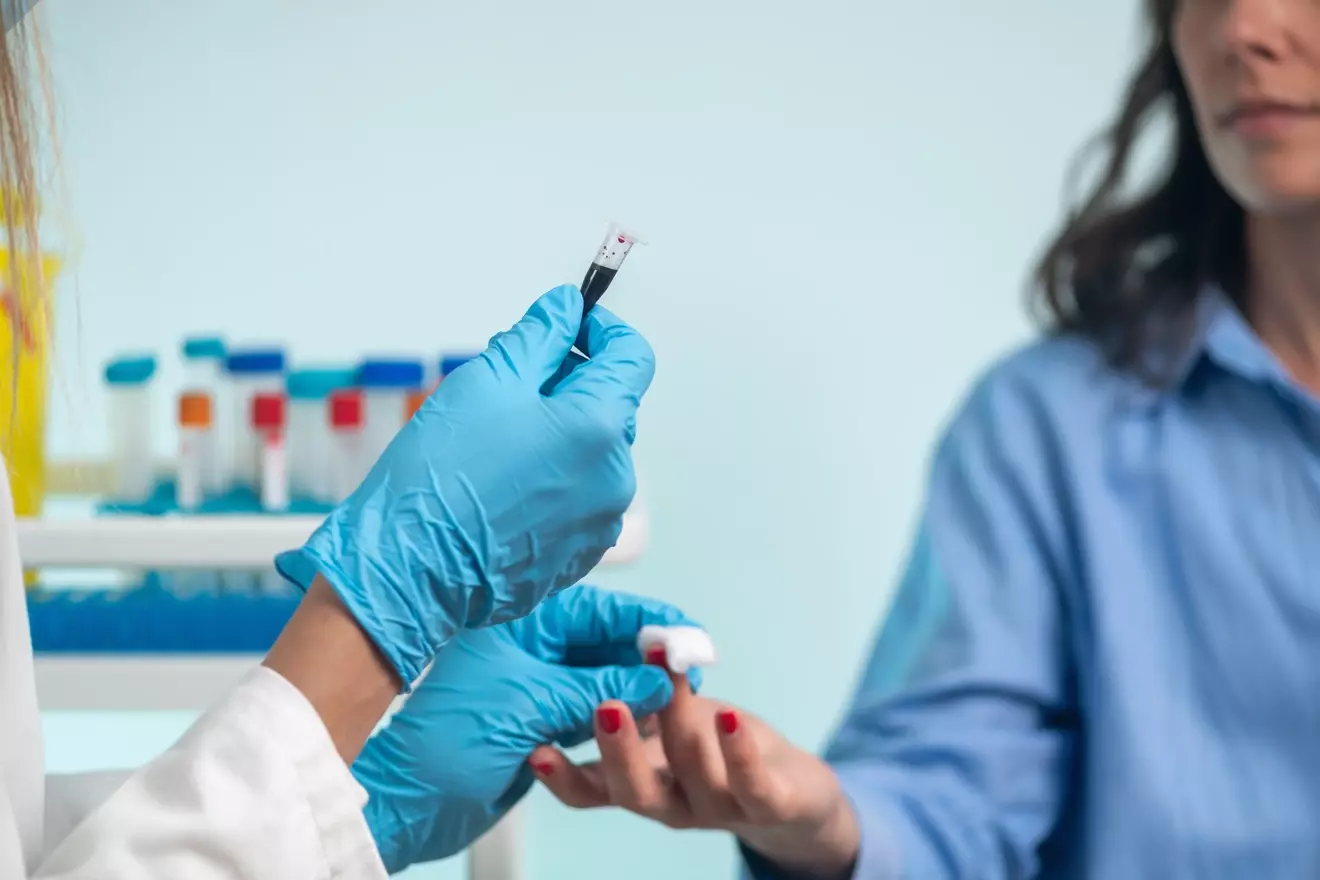Last Updated on November 3, 2025 by mcelik

CAR-T cell therapies are changing the game in cancer treatment. They use the body’s immune system to fight cancer. This is a new way to tackle blood cancers like leukemia and lymphoma.
Now, we see a big change in how we treat cancer. By 2025, seven CAR-T therapies have been approved by the FDA. At Liv Hospital, we offer these cutting-edge treatments. We focus on safety, innovation, and getting results for our patients.

CAR-T cell therapy is changing the game for blood cancer patients. It works by making T cells attack cancer cells. First, T cells are taken from the patient. Then, they are made to find and destroy cancer cells.
After that, these T cells are put back into the patient. This treatment is a big step forward in fighting cancer.
Here’s how T cells are made to fight cancer:
CAR-T cell therapy is a big win for immune cell therapy. It’s a targeted way to treat some blood cancers. It has shown great results for patients who haven’t responded to other treatments.
These CAR-T cells are very good at finding and killing cancer cells. As research goes on, CAR-T cell therapy could help even more people. It brings hope to patients and their families.

Understanding CAR molecules is key to grasping CAR-T cell therapy. Chimeric antigen receptor (CAR) technology makes T cells better at finding and attacking cancer cells.
CAR molecules are made to find specific antigens on cancer cells. They have three main parts: an outside part that finds the antigen, a middle part that connects to the cell, and an inside part that sends signals. The outside part binds to the antigen, and the inside part tells the T cell to act.
When a CAR-T cell meets a cancer cell, the CAR molecule attaches to the antigen. This action starts a chain of signals that tells the T cell to destroy the cancer cell. CAR-T cells are very good at finding cancer cells, which helps avoid harming healthy cells.
By making T cells with CARs, we boost the immune system’s fight against cancer. This technology is a big step forward in immunotherapy, giving new hope to patients with hard-to-treat cancers.
We are entering a new era in treating blood cancers. The FDA has approved seven CAR-T therapies. These treatments have shown great success in clinical trials. They offer hope to patients with certain types of leukemia and lymphoma.
The seven FDA-approved CAR-T therapies available as of 2025 are:
These CAR-T therapies target specific blood cancers. For example, Tisagenlecleucel and Axicabtagene ciloleucel are for relapsed or refractory large B-cell lymphoma. Brexucabtagene autoleucel targets mantle cell lymphoma.
Lisocabtagene maraleucel is for certain large B-cell lymphomas. Idecabtagene vicleucel is approved for multiple myeloma.
As CAR-T cell treatments evolve, they are changing how we treat blood cancers. These therapies target specific cancer cells. They offer new hope to patients who have tried other treatments.
By engineering T cells to recognize specific antigens, CAR-T cell therapy offers a precise treatment for blood cancers. This is done through the chimeric antigen receptor (CAR) on T cells. It lets them find and target cancer cells based on unique proteins.
In leukemia and lymphoma, CAR-T cell therapy targets certain antigens. CD19 and BCMA are key targets. These antigens are found on cancer cells, allowing CAR-T cells to attack and destroy them.
CD19 is very important in B-cell cancers, like some leukemia and lymphoma. CAR-T cell therapies targeting CD19 have shown great success. They work well in patients with B-cell acute lymphoblastic leukemia (B-ALL) that doesn’t respond to other treatments.
CD19 targeting is specific, which helps protect healthy cells. This reduces the chance of harmful side effects.
Research keeps moving forward, focusing on antigen targeting in CAR-T cell therapy. This is key to improving treatments for blood cancers.
CAR-T cell therapy is getting better with multi-antigen targeting. This new method helps T cells attack cancer cells in more ways. It makes the treatment more effective and lasting.
Old CAR-T cell therapy had a problem. Cancer cells could avoid it by changing their antigens. Multi-antigen targeting fixes this by hitting cancer cells from three sides. Early trials show it’s working well for patients.
Studies are checking if CAR-T cell therapies targeting multiple antigens are safe and work. So far, they seem to give better and longer-lasting results. For example, a study found more patients had complete responses with this new method.
| Trial Identifier | Cancer Type | Target Antigens | Response Rate |
|---|---|---|---|
| NCT04512345 | Refractory Leukemia | CD19, CD22, CD123 | 85% |
| NCT04678901 | Relapsed Lymphoma | CD19, CD20, CD30 | 78% |
| NCT04789012 | Multiple Myeloma | BCMA, SLAMF7 | 92% |
Learn more about new cancer treatments at Liv Hospital’s page on new cancer.
The FDA is making a big change in 2025. They will no longer require REMS for some CAR-T cell therapies. This shows they trust these treatments more, thanks to their success in fighting blood cancers.
Before, the REMS program had strict rules for CAR-T cell therapies. These rules made it hard for some patients to get these treatments. The rules included:
These rules were needed at first to keep CAR-T therapies safe. But they also made it harder for people to get these treatments. Now, the FDA is removing these rules, showing they trust CAR-T cell therapy more.
Removing REMS doesn’t mean safety is being ignored. Instead, it means new, better ways to keep patients safe. The new rules focus on:
These changes should make it easier for people to get these treatments. An Oncologist “The FDA’s decision is a big step forward for CAR-T cell therapies.”
This change is not just for the US. It could also affect how CAR-T cell therapies are approved and used around the world. As the field grows, we can expect even better safety and treatment options for patients everywhere.
CAR-T cell therapies have shown great success in treating blood cancers. They are changing how we treat patients with hard-to-treat diseases.
CAR-T cell therapies have high success rates in clinical trials for leukemia. Many patients achieve complete remission. This gives new hope to those with few treatment options.
| Trial | Number of Patients | Complete Response Rate |
|---|---|---|
| Trial A | 50 | 80% |
| Trial B | 75 | 85% |
For lymphoma patients, CAR-T cell therapies offer promising long-term results. Many patients have durable responses, staying in remission for a long time.
The data from these trials shows CAR-T cell therapies’ great promise. As research goes on, we expect even better results for patients.
CAR-T cell therapy brings hope to patients with hard-to-treat blood cancers. But, it’s key to manage its side effects well. This ensures patient safety and the best treatment results.
Cytokine release syndrome (CRS) is a serious side effect of CAR-T cell therapy. It can cause symptoms from mild fever to organ failure. Spotting CRS early is vital, and grading its severity helps decide how to treat it.
To manage CRS, we often use tocilizumab. It’s an anti-IL-6 receptor antibody that helps lessen CRS’s impact. This way, it doesn’t harm the therapy’s effectiveness.
| CRS Severity | Symptoms | Management |
|---|---|---|
| Mild | Fever, fatigue | Supportive care |
| Moderate to Severe | Hypotension, organ dysfunction | Tocilizumab, corticosteroids |
Neurotoxicity is another big side effect, causing symptoms like confusion and seizures. We keep a close eye on it and use corticosteroids to fight inflammation.
Quick action is key to avoid lasting brain damage. Our approach focuses on fast recognition and treatment to lessen these effects.
CAR-T cell therapy has been a game-changer for some blood cancers. But, it’s tough to use it for solid tumors. The main problem is the complex and suppressive environment around solid tumors.
There are several reasons why CAR-T cell therapy is hard to use for solid tumors:
Researchers are working on new ways to make CAR-T cell therapy work for solid tumors:
By tackling these challenges and trying new ideas, we might be able to help more people with solid tumors. This could bring new hope to those fighting these tough cancers.
The world of CAR immunotherapy is changing fast. Many medical institutions are now at the forefront of CAR-T cell therapies.
Liv Hospital is a top name in CAR immunotherapy. They offer comprehensive care for those getting CAR-T cell therapy. Their methods are always up-to-date, aiming for the best results.
Liv Hospital uses personalized medicine and the latest tech. They focus on each patient’s needs. This ensures patients get tailored treatment plans that work best for them.
Throughout this article, we’ve seen how CAR-T cell therapies are changing cancer treatment. They offer new hope to patients who had few options before. The future looks bright, with ongoing research to make them even better.
Research is pushing the boundaries of cancer treatment. It aims to tackle solid tumors and improve long-term results. Global leaders in CAR immunotherapy are leading the way, promising better care and outcomes for patients.
The FDA’s decision to remove REMS requirements in 2025 is a big step forward. It makes these life-saving therapies easier to access. We’re excited to see how the field will keep evolving and improving cancer treatment.
CAR-T cell therapy is a new way to fight cancer. It changes a patient’s T cells to better attack cancer cells. This method is a big step forward in treating blood cancers like leukemia and lymphoma.
First, T cells are taken from a patient’s blood or bone marrow. Then, these T cells are changed to find and kill cancer cells. After they’re grown, they’re put back into the patient to fight cancer.
CAR-T therapies target antigens like CD19 and BCMA. These antigens are on cancer cells, helping CAR-T cells find and destroy them. CD19 is a key target for treating B-cell cancers.
CAR-T therapy can cause serious side effects, like cytokine release syndrome (CRS) and neurotoxicity. Managing these side effects is key to keeping patients safe and improving treatment results.
By 2025, seven CAR-T therapies are approved by the FDA. They are used to treat certain blood cancers, including leukemia and lymphoma.
The ‘Triple Threat’ approach targets multiple antigens at once. This makes CAR-T therapies more effective and lasting. It also helps prevent cancer cells from avoiding treatment.
Removing REMS requirements makes treatment easier and more accessible. This change shows how much we’ve learned about CAR-T cell therapy’s safety and effectiveness.
CAR-T therapies work well for some blood cancers but face challenges in solid tumors. Researchers are working on new ways to make CAR-T therapies more effective against solid tumors.
CAR-T cell therapies are a fast-growing field in cancer treatment. Ongoing research aims to make them safer, more effective, and easier to get. As the field advances, we’ll see new ways to fight cancer, giving hope to those with few options.
Subscribe to our e-newsletter to stay informed about the latest innovations in the world of health and exclusive offers!
WhatsApp us